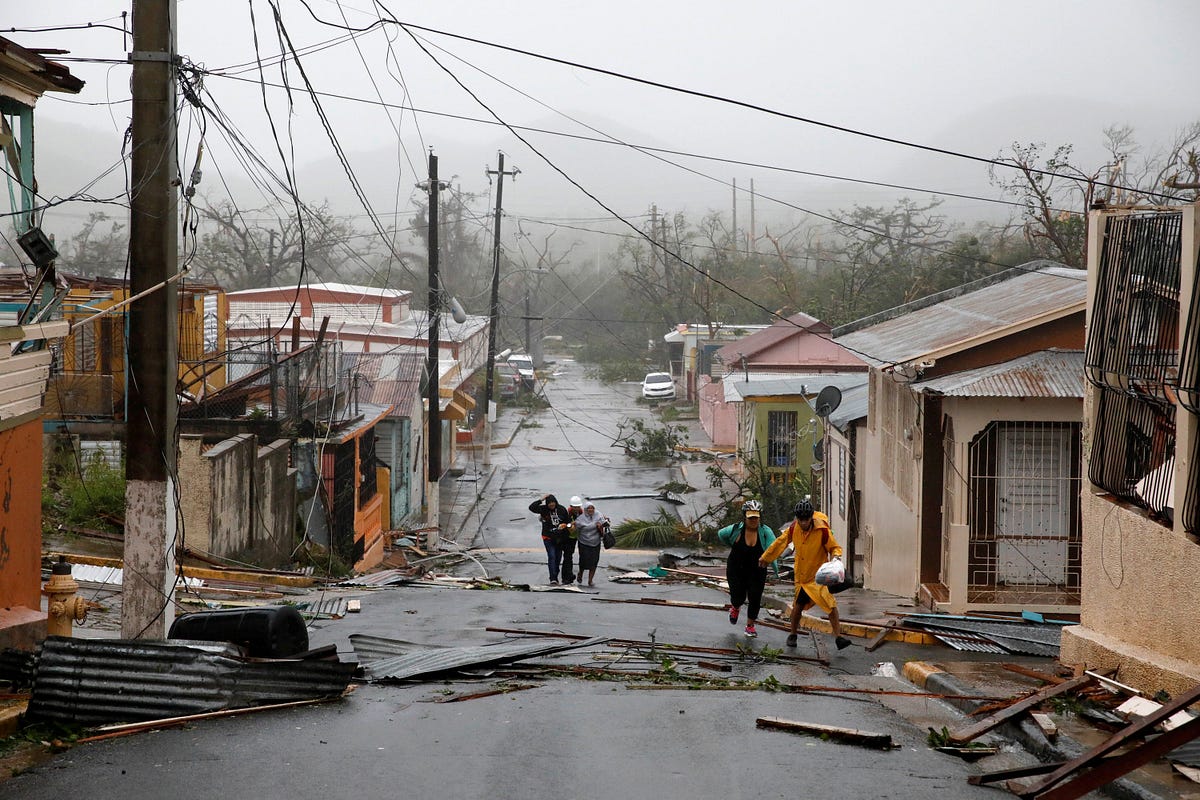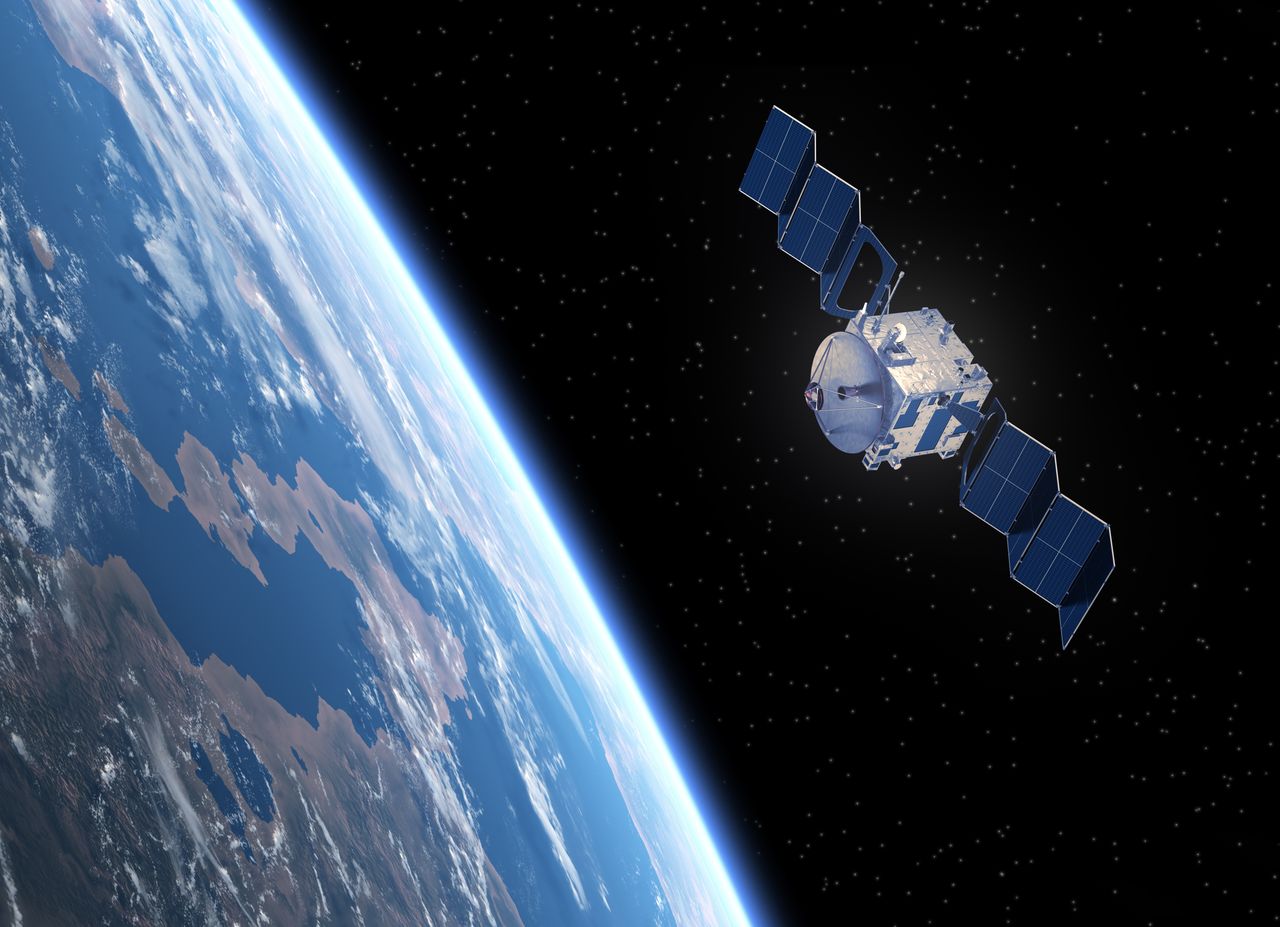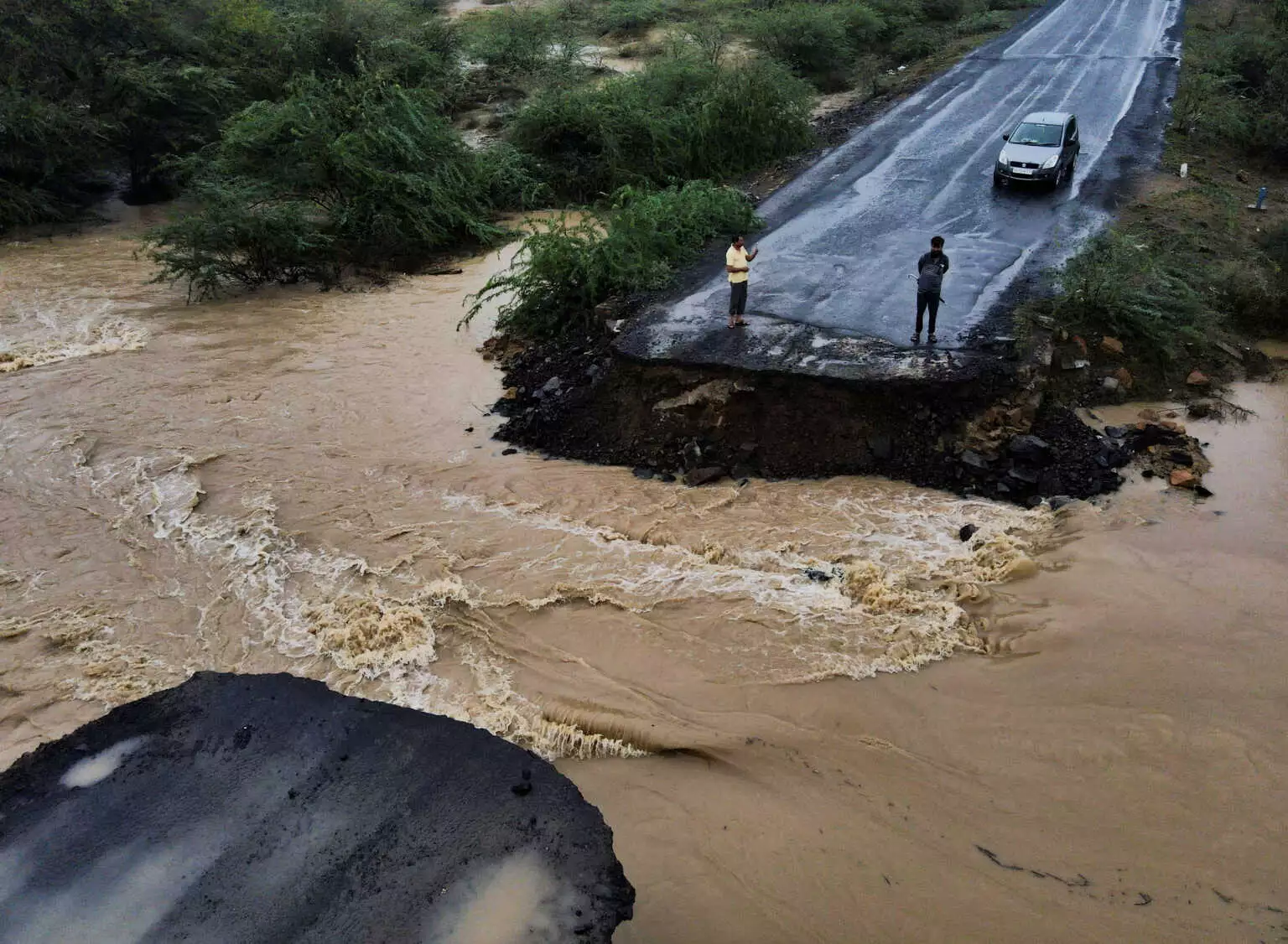
Examining individual hurricane events is essential to understanding both our successes and failures in disaster preparedness and response systems. Case studies can help to reveal patterns, innovations and policy gaps that can lead to more resilient and adaptive responses to future disasters. The cases presented here demonstrate some of the challenges associated with responding to hurricanes and the lessons learned from those responses.
Hurricane Katrina (2005) revealed failures in critical infrastructure and good governance that resulted in 1,800 deaths and $108 billion in damages. The failure of New Orleans levee system brought into light the vulnerability of low-income populations and poor federal response and coordination (Martinez, 2024). Key lessons underline the investment in resilient infrastructure and ensuring equitable evacuation.
Harvey (2017), the rainiest cyclone of record in the United States, forced the evacuation of over 30,000 people in Texas. Twitter was used to share information and to coordinate rescues in real-time (Xu et al., 2019). Lessons emphasize integrating social media analytics, improving forecasting models, and adopting non-structural flood mitigation strategies for future preparedness.


Impact of Hurricane Maria (2017): About 2,900 people were killed by Maria, and it caused the largest blackout in U.S. history. The inequities in the distribution of FEMA aid also brought to light the need for land tenure reform, local governance support, and local and community participation in recovery planning (Lamba-Nieves and Santiago-Bartolomei, 2022; Mensah-Larkai et al., 2025).
Hurricane Dorian (22 September 2019): Hurricane Dorian was a Category 5 hurricane that struck the Bahamas in 2019. The use of AI and drone technologies for rapid damage assessments showed much promise, but small island states require assistance to develop response capacities (Cheng et al., 2021).
Hurricane Irma (2017): Irma caused significant environmental damage and extensive coastal flooding in Florida (Harvey et al., 2021). U.S. building codes were strong and limited some of the destruction, but weaker infrastructure in the Caribbean devastated Barbuda. Some learned from Irma: incorporate geomorphology into rebuilding, enforce building regulations, and strengthen international aid and equity for vulnerable Small Island Developing States (SIDS) to extreme storms.
Warmer sea surface temperatures (SSTs) due to climate change should intensify hurricanes. A slight warming of about 0.6°C around the 1970s resulted in more intense hurricanes and rainfall according to Hurricane Katrina (Trenberth, 2007). More latent heat leads to faster intensification and there has been a clear increase in the number of Category 4 and 5 hurricanes in the North Atlantic. These hurricanes last longer, causing prolonged ecological impacts (McCarthy et al., 2020; Ramsey et al., 2009). The future number of cyclones is unclear, but destructiveness is likely to increase (Trenberth, 2007). This is variable between regions, but satellite and machine learning tools assist in monitoring the impact of storms (Barnes et al., 2007). Advanced climate models are required to resolve the mesoscale processes (Byrraju et al., 2020). Future hurricanes may therefore be fewer but much stronger.
Government’s role in hurricanes includes forecasting and preparedness for forecasting and response (Sun & Huang, 2023). The National Oceanic and Atmospheric Administration’s (NOAA) National Hurricane Center (NHC) watches storms with satellites, Doppler radar, and aircraft flights to produce warnings and forecasts (Mensah-Larkai et al., 2025; National Hurricane Center, 2021). The Federal Emergency Management Agency (FEMA) responds and recovers through programs such as Individuals and Households Program and infrastructure and hazard mitigation (FEMA, 2017). Yet aid disparity during Hurricanes Maria and Irma highlighted ineffective response to reach vulnerable populations (Lamba-Nieves & Santiago-Bartolomei, 2022).
Public communication is also crucial; NOAA’s Weather-Ready Nation focuses on multilingual alerts and risk messages (Alexander, 2015; Paul et al., 2019). The success of evacuation requires trust, inclusive evacuation planning, and information updates at the moment of need. In the modern era, social media is now the key platform for information; however, stage sensitive communication is needed to avoid misinformation (Xu et al., 2019). Effective preparedness is contingent upon adequate forecasts, responsive governance, and community-level readiness at stage.


Hurricanes cause extensive building, power, and transportation damage in coastal and low-lying areas. Poorly built or old buildings can experience catastrophic building failures in category 3+ hurricanes (Mensah-Larkai et al., 2025). Hurricane Maria resulted in near-total grid collapse in Puerto Rico; it took a year to recover (Gonzalez, 2022). Flooding and debris damage roads, airports, and ports (Martinez, 2024). Billions of dollars in losses are now routine—2017’s storms alone cost more than $265 billion in damage (FEMA, 2018). Insurance systems are failing—increasing premiums or abandoning markets leave vulnerable populations without insurance (Lamba-Nieves & Santiago-Bartolomei, 2022). Vulnerable populations in informal housing are often ineligible for assistance (Mensah-Larkai et al., 2025). Resilient infrastructure, insurance reform for equity, and disaster risk strategies are needed in the face of increasing climate vulnerability.
Hurricanes can permanently alter the environment by causing erosion, water and soil flooding, and changing ecosystems. Storm surge and waves move dirt and coast lines (Harvey et al., 2021 as shown in Figure 1). Flood waters, which are often contaminated, can also impact the soil and water quality, damaging wetlands and cities (Clements & Casani, 2016; Sanders et al., 2022). Following Hurricane Katrina, forests showed persistent canopy damage as seen in Figure 2 (Ramsey et al., 2009). Marine ecosystems are also affected as hurricanes break up coral reefs and cover seagrass beds, changing salinity and temperature (Yaisien et al., 2023; McCarthy et al., 2020). Runoff can induce dead zones and harmful algal blooms which affect the entire marine food web (Lan et al., 2024). Since hurricanes are likely to increase in size and intensity due to climate change, integrated coastal management and climate adaptive restoration strategies should be implemented to protect both terrestrial and marine ecosystems.
Social and Psychological Impact
Flooding, building collapse, utility shutdown leaves thousands displaced, with nothing. 2017, millions displaced in the U.S. and Caribbean, many in Puerto Rico after Hurricane Maria (FEMA, 2018; Martinez, 2024). Displacement results in stress, PTSD, and grief, especially among vulnerable populations (Bürgin et al., 2022). Social media during Hurricane Harvey showed fear and emotional distress (Xu et al., 2019). Recovery is delayed and uneven. It may take years to reconstruct housing, especially for uninsured or undocumented individuals (Mensah-Larkai et al., 2025). Damaged utilities, schools, and clinics slow community recovery, and cultural and economic damage add to the stress (Waddell et al., 2021). Limited access to mental health services, especially for marginalized populations, leads to chronic stress and mental fatigue (Vandrevala et al., 2024). Long-term recovery is aided by inclusive rebuilding and continued psychological support.
In short, the social and psychological impact of hurricanes can last long after the event itself. True resilience is not achieved through emergency aid and one-off recovery projects, but through sustained investment in affordable housing, more equitable aid systems, mental health infrastructure and community-based recovery projects that put the needs and voices of those affected first (Vandrevala et al., 2024).